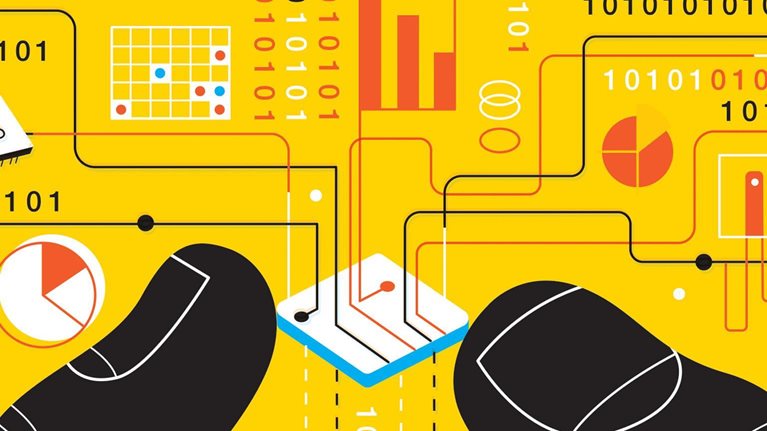The changes confronting R&D leaders are significant: data flooding in from customers, devices, and sensors, combined with powerful analytical tools, are creating new sources of insight to fuel the development of products and services. New materials and breakthrough manufacturing techniques may vastly change the economics of many offerings. And unexpected pockets of knowledge and expertise are sprouting around the world.
Against this backdrop, we surveyed 200 executives, managers, and experts from top R&D organizations across regions in six industries. Less than a fifth of our respondents reported that their companies were ahead of the curve in implementing technology and building capabilities for six emerging R&D trends in areas ranging from data analytics to advanced software development (Exhibit 1).1 The middle managers responsible for frontline execution registered the lowest levels of confidence about the readiness of their organizations—9 percent, versus 19 percent for top managers. Regions varied, too: respondents in India and North America reported the highest levels of preparedness, and those in China and Japan the lowest. Industries differed, as well: respondents from companies that make telecom equipment reported higher readiness scores than the others did.

Finally, differences in perceptions seemed correlated with management practices, particularly for data analytics. Data from customer interactions, social-media feedback, and, increasingly, the Internet of Things (IoT) are the grist for analytics tools that guide the development and design of products, reduce complexity, and, ultimately, boost value. Overall, we found that these technologies are still at low levels of maturity—respondents from only 16 percent of the R&D organizations said they had adopted them widely. The companies of respondents who reported the highest levels of preparedness in this area were much more likely than the rest to have designated a chief digital officer and forged external partnerships to gain new capabilities. They were also more likely to have focused attention and money on data and IoT strategies and hunted for new talent. It’s too early to tell, of course, whether these investments, partnerships, and leadership roles will fully deliver on their potential.


